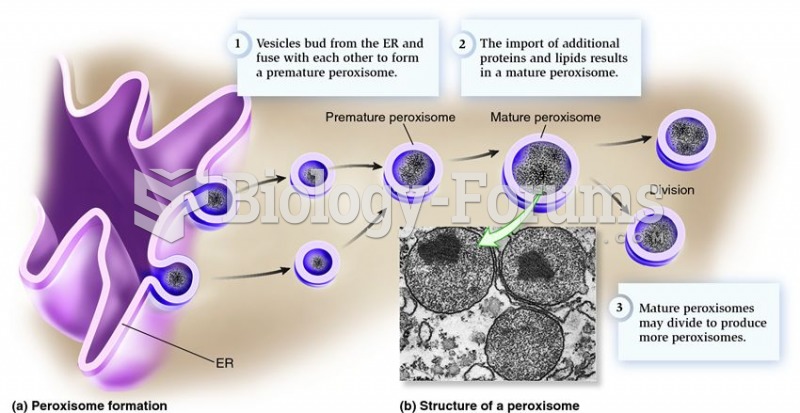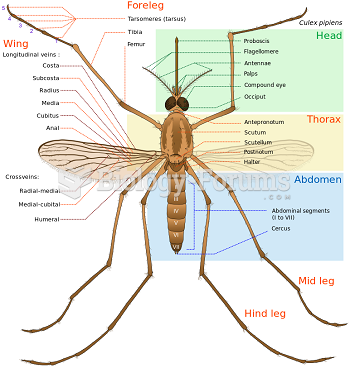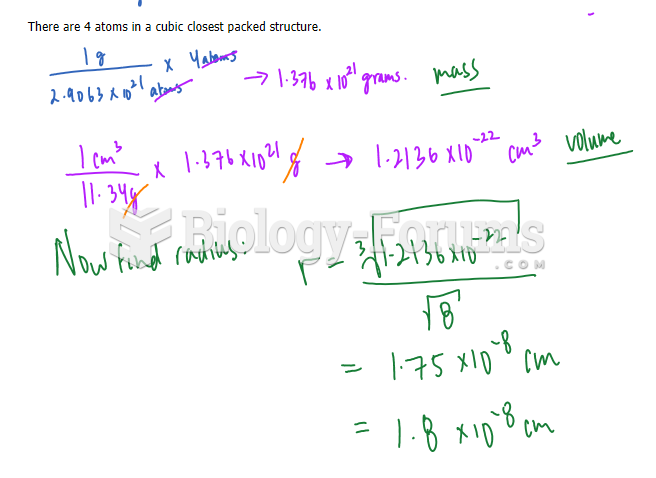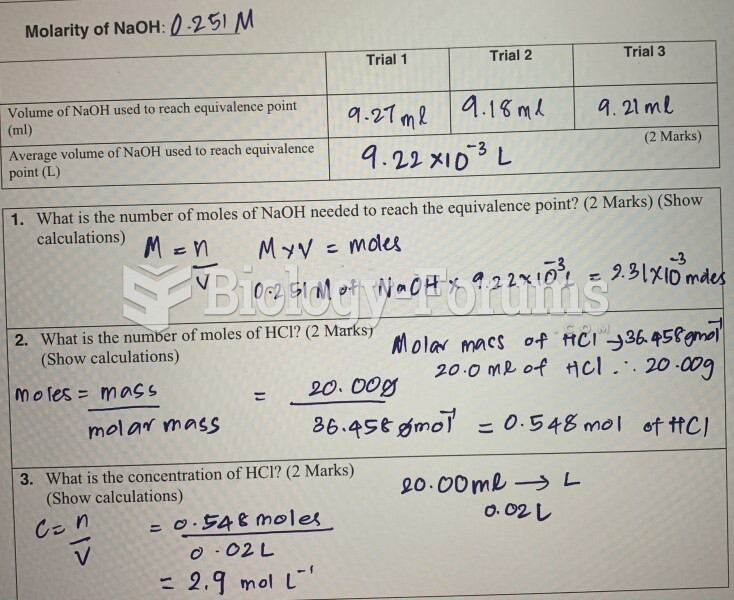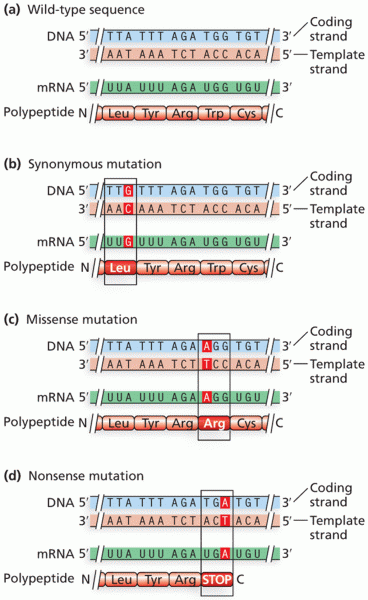Provide the structure of poly(propylene oxide) that is formed by base catalyzed ring opening polymerization of the propylene oxide shown below.

Question 2Provide the structure of the poly(lactic acid) that is formed by base catalyzed ring opening polymerization of the dilactone shown below.

Question 3Provide the structure of polyacetylene that is formed by ring-opening metathesis polymerization of 1,3,5,7-cyclooctatetraene.

Question 4Provide the mechanism for backbiting of a radical chain end of polyethylene, which results in a butyl side chain on the polymer backbone.
Question 5Provide the mechanism whereby two radical chain ends undergo dispropotionation to give two dead chain ends.

Question 6Provide the structure of azoisobutyronitrile, AIBN, and show the mechanism whereby it undergoes thermal decomposition to give two radicals and a molecule of N
2.
Question 7Provide the structure of poly(methyl methacrylate).
Question 8Provide the structure of polystyrene.
Question 9Provide the structure of poly(butylene adipamide).
Question 10Provide the structure of poly(ethylene succinate).
Question 11Classify each polymer below as step-growth or chain-growth. Place the appropriate term in the blank provided.
_________________
 Question 12
Question 12Classify each polymer below as step-growth or chain-growth. Place the appropriate term in the blank provided.
_________________
 Question 13
Question 13Classify each polymer below as step-growth or chain-growth. Place the appropriate term in the blank provided.
_________________
 Question 14
Question 14Nitroethylene is expected to be _______ reactive than ethylene toward anionic polymerization.
 Question 15
Question 15Nitroethylene is expected to be _______ reactive than ethylene toward cationic polymerization.
 Question 16
Question 16Consider the structure given below which might be found in a protein.

Answer the following questions by filling in the blank with the appropriate word or term.
This polymer would be classified as a poly______.
Question 17Consider the structure given below which might be found in a protein.

Answer the following questions by filling in the blank with the appropriate word or term.
The number of types of monomers in this structure is _______.
Question 18Consider the structure shown below.

This is an example of
a. a polyurethane
b. a polyester
c. a polyamide
d. a polycarbonate
Question 19The name of the polymer formed by the molecule shown below is _________________.
 Question 20
Question 20Consider the polymeric structure below for amylose (a type of starch).

The structure for the monomer is given below.
a.
True
b.
False
Question 21Consider the following two structures.

The following represents the repeating unit of the polymer formed by these two substances.

a.
True
b.
False
Question 22A polymer has the repeating unit drawn below:

The two monomers used to make the polymer are shown below.

a.
True
b.
False
Question 23The following is an example of a polyurethane.



